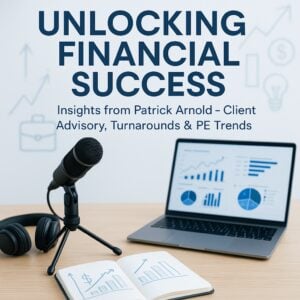Why We Brought Grant Leaders Together
Securing grants is tough enough; doing it sustainably – without burning out teams or chasing low-value projects – is tougher. That’s why we gathered grant managers from nonprofits, universities, and public-sector organizations for a candid Mastermind session. Below is a distilled recap you can reference (and share with your team) to refine your own grant-seeking strategy.
1. The Big Headache: Volume vs. Value
What we heard
| Pain Point | Real-World Impact |
|---|---|
| “Apply for everything” pressure | Teams burned out, thin success rate |
| Flat 2020-era grant ceilings | Rising costs turn “wins” into break-evens |
| Small grants ($10k–$50k) | Admin time sometimes outweighs benefits |
Take-away
Grant pursuit should be treated like any other investment: weigh opportunity cost and indirect expenses before you press “submit.”
2. Deploying Scarce Resources Wisely
- Hiring lag – Funding arrives faster than talent acquisition can keep up.
- Project juggling – Multiple awards land simultaneously, stretching compliance oversight.
- Indirect-cost blind spots – Organizations underestimate overhead, eroding margins.
- Solution adopted: Several participants now use grant evaluation committees that apply a scoring matrix (mission fit, ROI, capacity strain) before green-lighting a proposal draft.
3. Pre-Application Screening That Works
- Internal “giant form.” Teams collect scope, KPIs, and cross-departmental needs in a single doc to stop half-baked ideas early.
- Eligibility confirmation calls. A five-minute chat with the program officer can save 40+ staff hours.
- Hard monetary thresholds. If projected net benefit falls below a set dollar figure, the pursuit stops—no exceptions.
- Data-readiness check. Data analysts vet measurement feasibility before promises go in the narrative.
4. Managing Stakeholders & Mission Alignment
- Subcommittees for early vetting. Subject-matter experts flag red-tape pitfalls while enthusiasm is high and fixes are cheap.
- Implementation partners at the table. Ops teams co-design KPIs, avoiding the dreaded “won but can’t deliver” scenario.
- Community voices. Beneficiaries weigh in to ensure funded activities truly advance mission impact.
- Result: Less back-tracking, fewer “zombie” projects, and stronger board confidence.
5. Success Snapshot: An Academic Flywheel
One university team shared how they stack research projects like building blocks:
- Finish a grant and turn its findings into ready-made deliverables for the next application.
- Cite previous successes to boost credibility and shorten review cycles.
- Co-apply with complementary departments to widen expertise without bloating budgets.
This sequential model kept talent fully utilized and generated continuous funding momentum.
Final Thoughts & How to Join the Next Session
Pressure to “bring in money” will never disappear, but strategic discipline can keep your team sane and your impact growing. If you’d like to compare scoring matrices or swap templates, we’d love to see you at the next roundtable.
Reserve your seat for the 8 July Mastermind → Sign-up Page




